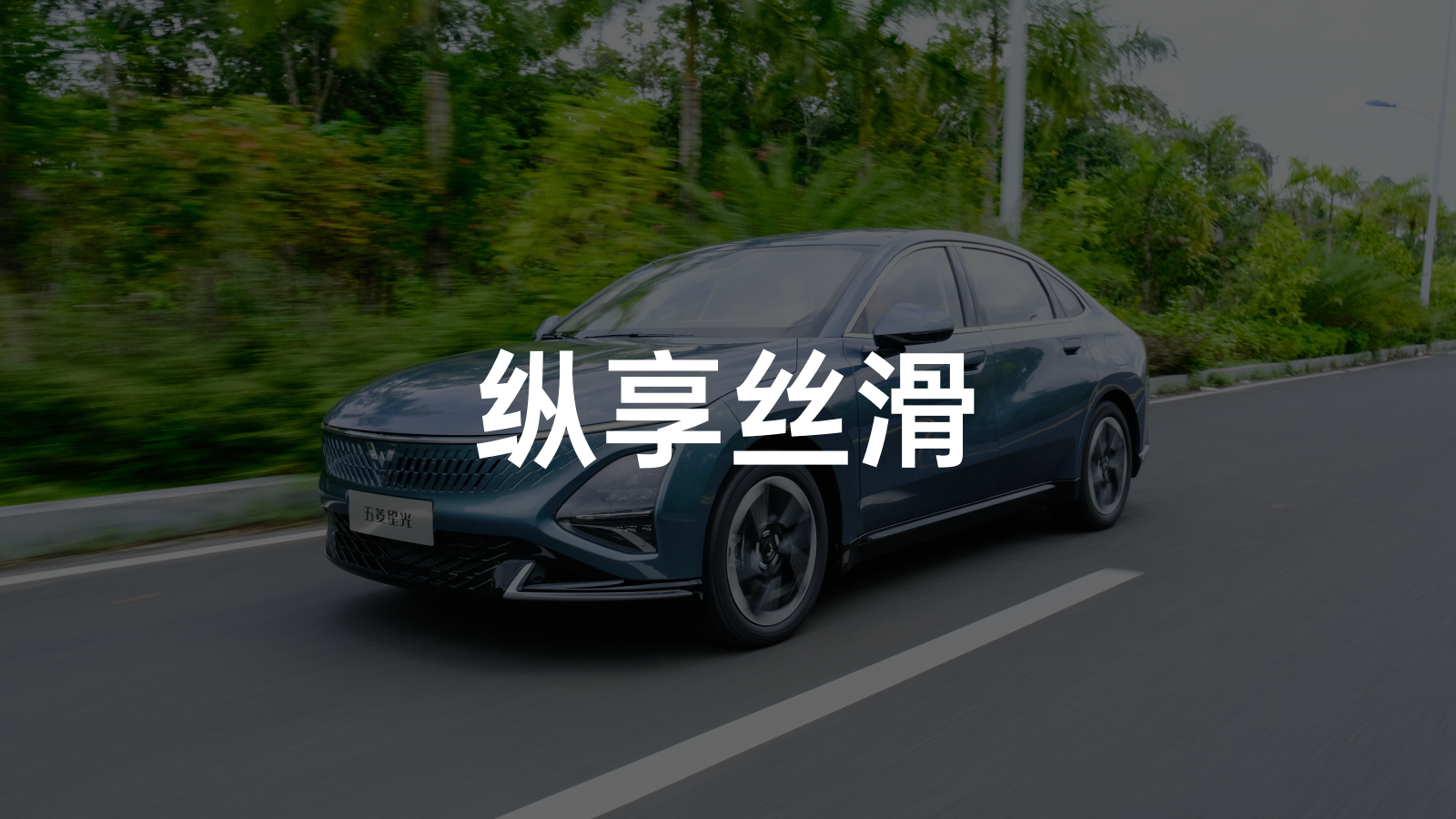Two weeks ago when Wuling Starry Sky was just launched, the design of the entire car left me with a deep impression. The avant-garde design and elegant lines made me feel this was not an entry-level car, and the refined interior also looked quite exquisite. However, these are all static experiences, and a car always needs to be driven, especially if Starry Sky’s electromagnetic DHT is as smooth as advertised? Today, with curiosity, we came to Wanning, Hainan to find out.
Outstanding driving quality and seamless power switch
Everyone has probably already seen the static part, so let’s talk about the dynamic experience directly. Wuling Starry Sky is divided into pure electric version and plug-in hybrid version. What we test drove today is the plug-in hybrid version. The power system consists of a 1.5L engine and a plug-in hybrid system made up of electric motors, with a maximum engine power of 78kW, motor power 130kW, and peak torque of 320N・m.

The most intuitive first feeling of this powertrain is smoothness. Similar to the ordinary single-gear parallel-hybrid system, the Starry Sky’s Lingxi hybrid system comes with pure electric, parallel, serial, and engine direct drive modes. What’s different is that Starry Sky uses an electromagnetic clutch. Compared with a hydraulic clutch, the electromagnetic clutch is faster, more lightweight, and the speed difference between the front and rear gears can be controlled within 50rpm, achieving a response in 0.1 seconds.

Because during our over 200 km test drive, you will hardly feel the abruptness of the power switch. The only way you can know the current drive type is through the energy flow display on the dashboard. Especially for household cars with low average driving speed, this silky smooth quality can greatly enhance the passenger’s riding experience.
Whilst the total power of the entire hybrid system exceeds 200kW, the throttle of Starry Sky is geared very much towards household use. There is a certain voidness at the initial stage, the power doesn’t come in abruptly, and power progressively released as you press down on the accelerator feels very comfortable.
Starry Sky offers three stages of energy recovery to choose from. In strong energy recovery mode, Starry Sky will and pause for a short period of time before backdragging, a process that requires some getting used to, it’s likely designed to avoid any aggressive jolting of the vehicle when you briefly stop accelerating before accelerating again.
Starry Sky also has a surprising fuel consumption performance. The official battery-discharging fuel consumption data is 3.98L/100km (WLTC). When we did the actual test and turned on the forced battery-saving mode, Starry Sky ran at 3.5L/100km battery discharging fuel consumption.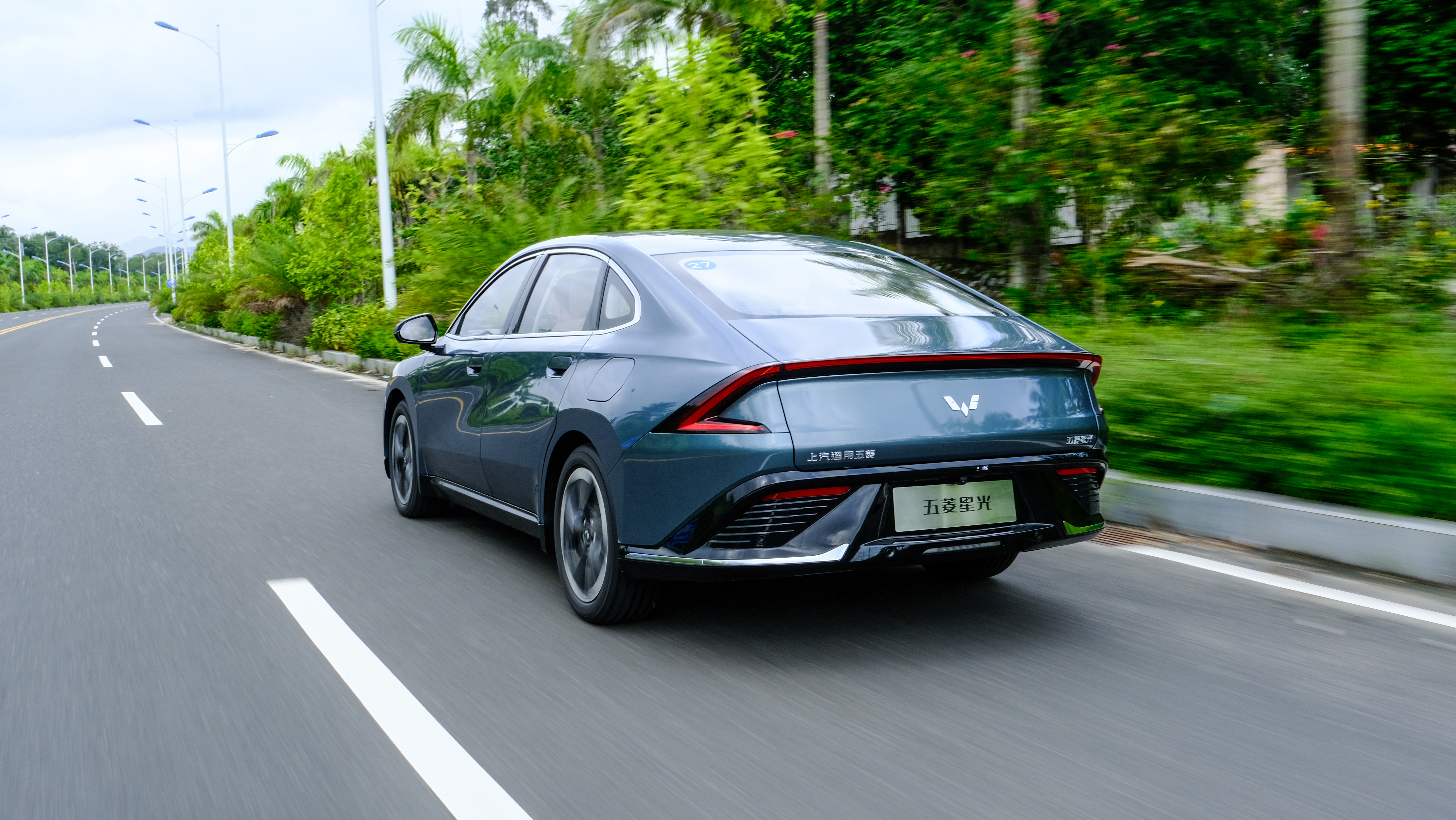
Different from the previous models I remember from Wuling, this recent commitment to the domestic market has elevated their chassis tuning. Xingguang opted for the front McPherson and rear E-type multi-link independent suspension, a popular configuration among Volkswagon and Toyota models in my memory. Within the mid-low speed range – typical city conditions – Xingguang’s suspension exhibits great resilience, especially in filtering minor vibrations, which gives it a certain sophisticated feel. The unique structure of the E-type multi-link ensures impressive performance in suppressing roll during turns.
The steering feel maintains the familiar domestic style. Xingguang offers three power steering modes, and the test drive reveals just a slight change in damping sensation, all calibrated to household standards.
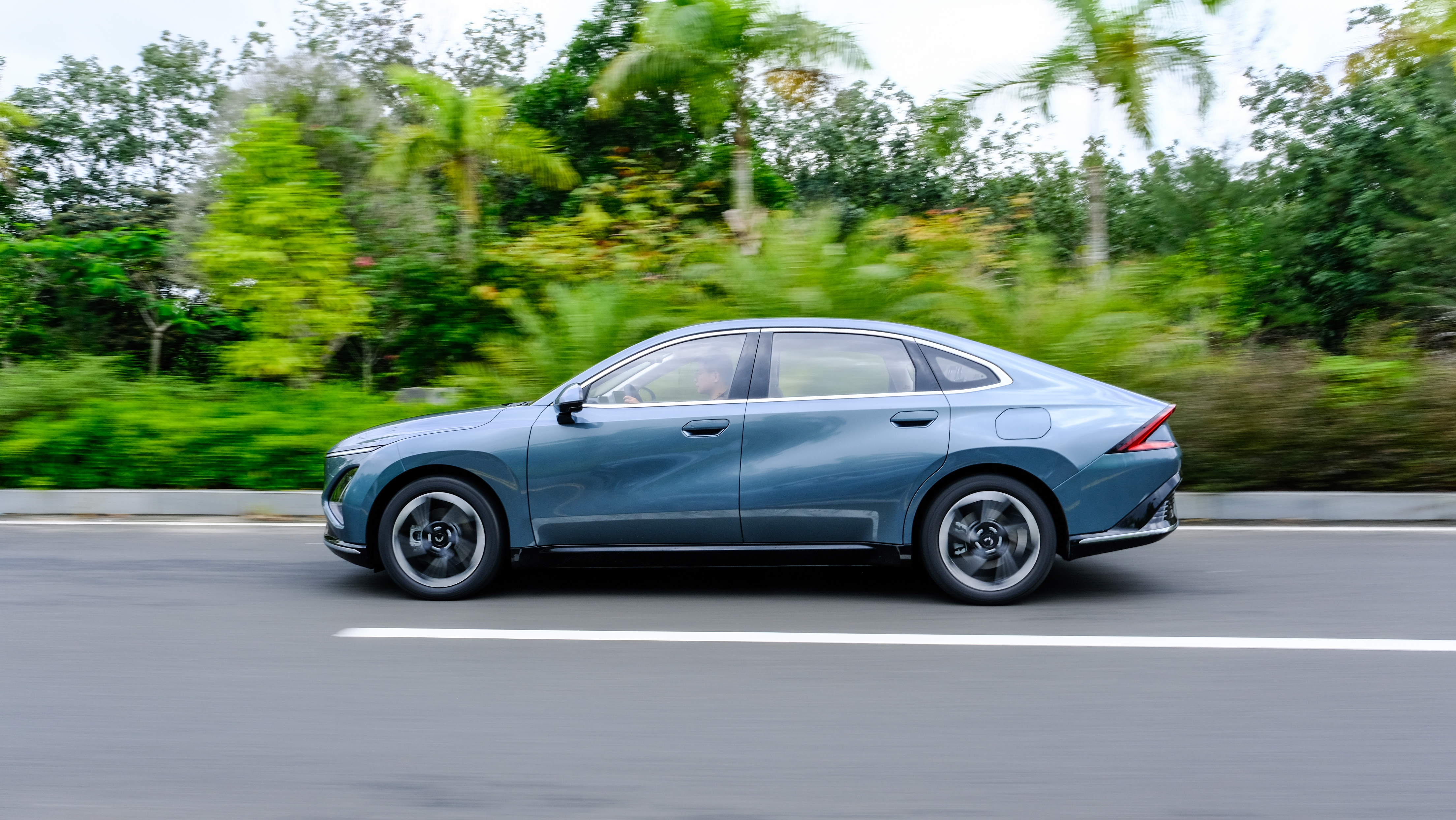
At mid-low speeds, Xingguang’s NVH performance is excellent, providing good insulation from environmental noise and road noise. Although the engine presence is slightly stronger at high speeds, it’s still within an acceptable range.
Cutting-Edge Star-Wing Aesthetic Design
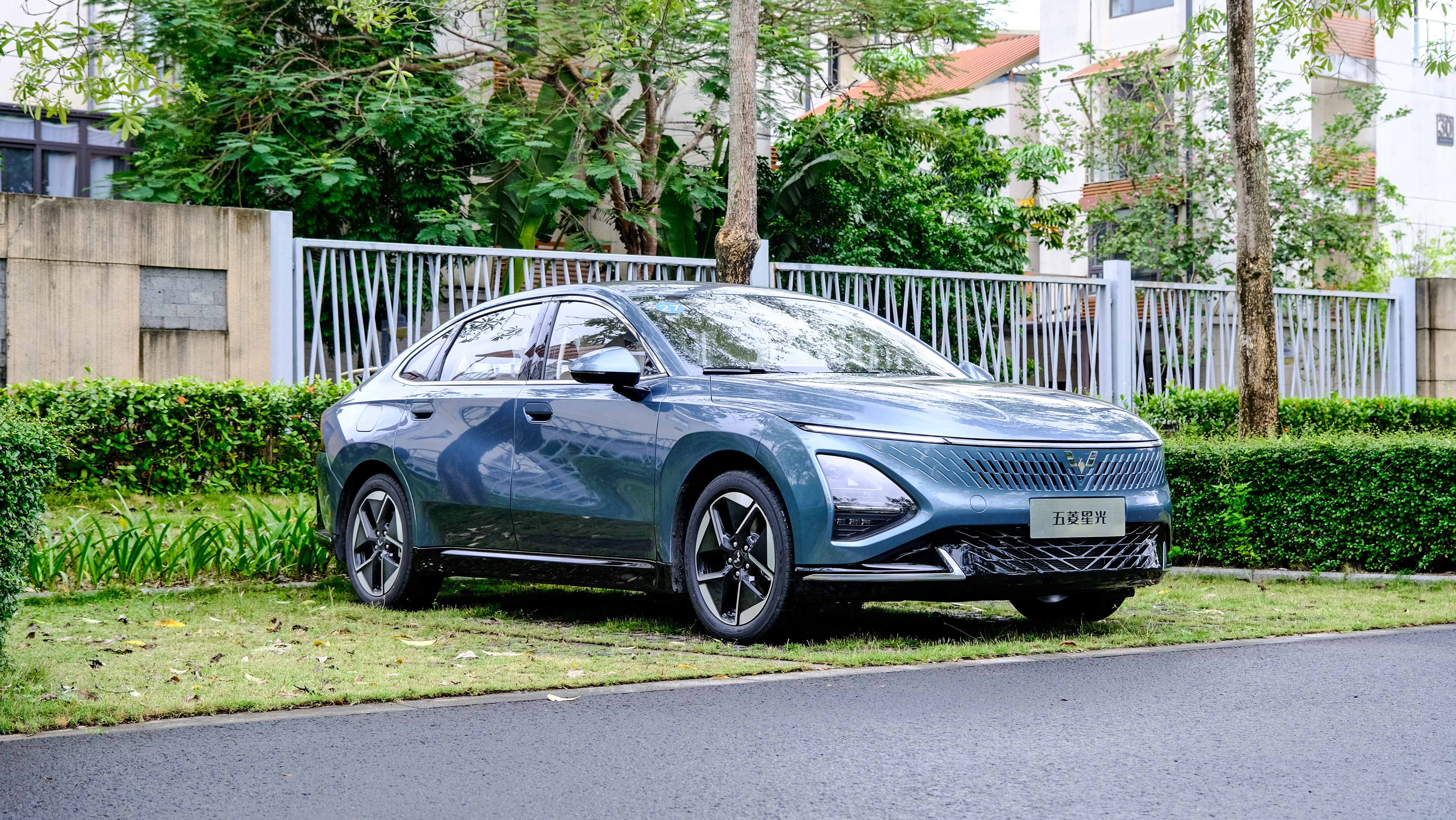
A quick recap of the static aspects: adopting a Star-Wing aesthetic design approach, the overall style is trendy and is equipped with a silver emblem from Wuling. Our test-drive hybrid model features a wing-open-style front grille, complemented by star-ring daytime running lights. It’s possibly not visible in pictures, but in actual visual experience on-site, the craftsmanship appears highly intricate, thus elevating the design sense.
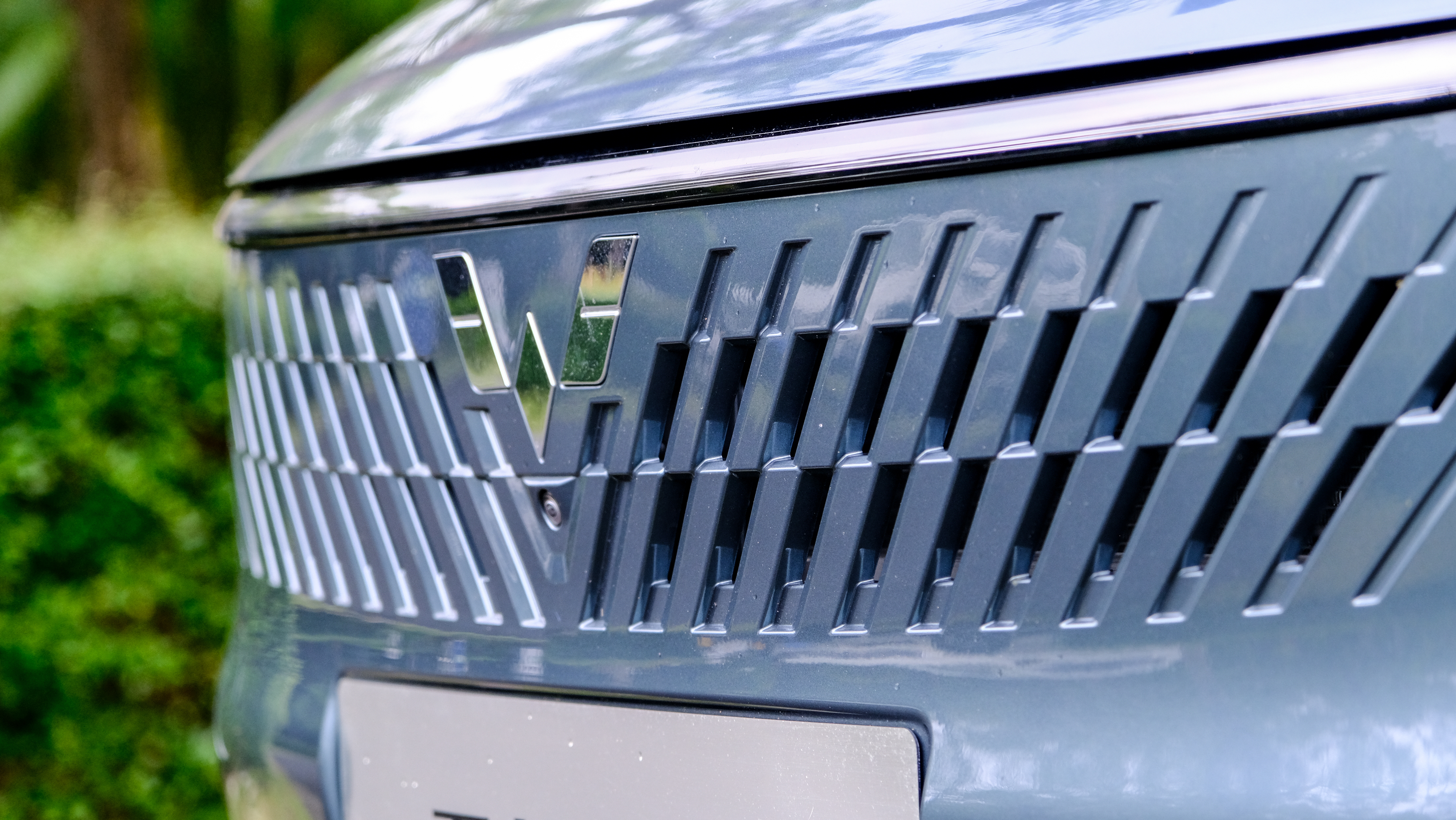
The body’s side lines are smooth and dynamic, with a visually striking lightning face. Fastback designs at this price level are rare. But make no mistake, this is not a hatchback; it’s a traditional sedan, and the trunk’s depth is impressively spacious.
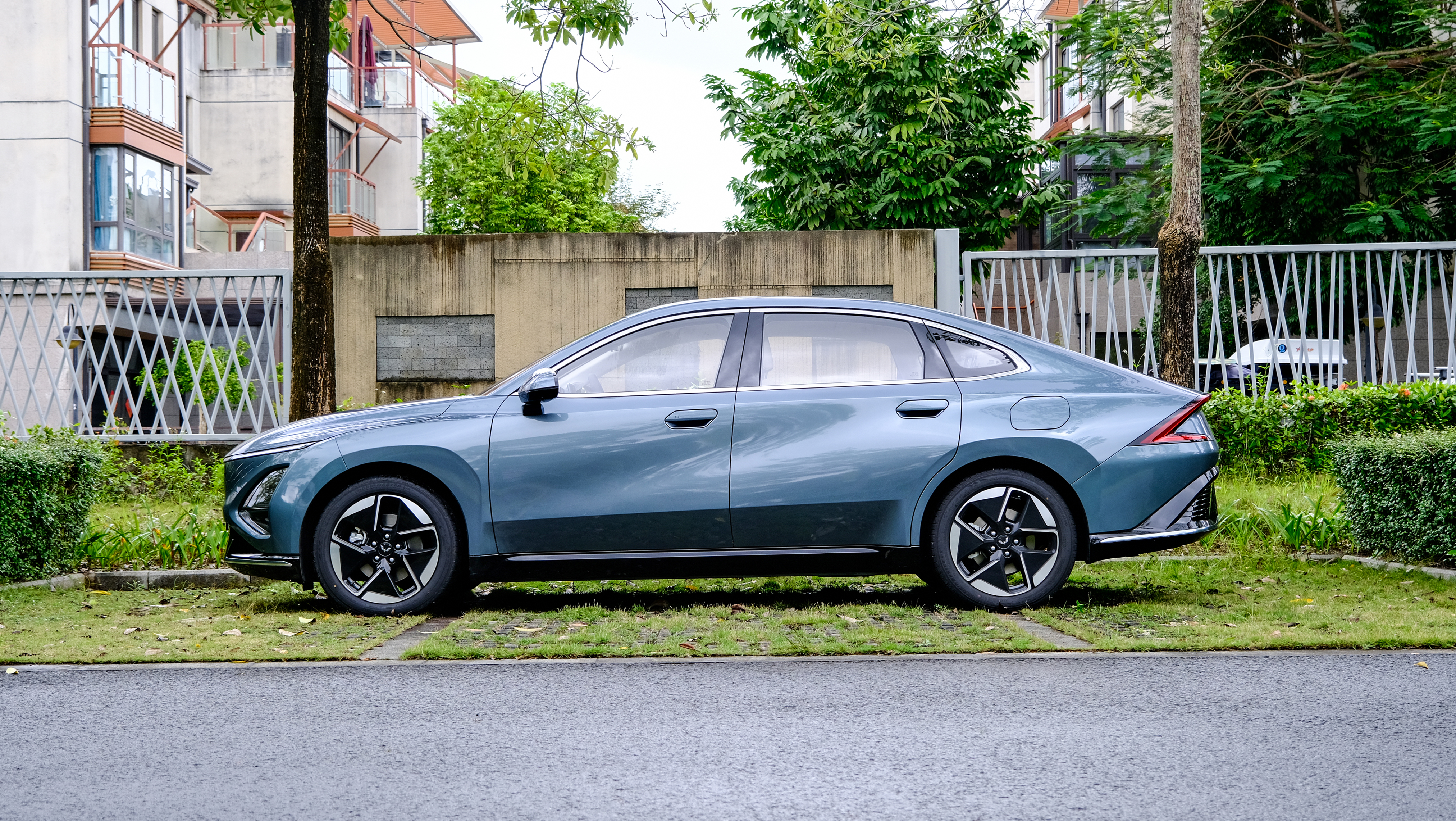
As for the rear, the through-type star-ring taillights appear futuristic, coupled with a large area of black trim below, exuding a sporty overall style.

In terms of body dimension, the vehicle measures 4835/1860/1515mm in length, width, and height respectively, with a wheelbase of 2800mm, classifying it as an A+ category.
Minimalistic Yet High-Quality Interior DesignStepping into the interior of the Starlight, the immediate first impression is its practicality. The 15.6-inch central control screen and the 8.8-inch LCD meter display comprehensive information, and the traditional automaker Wuling has reserved a considerable number of physical keys for blind operation during your drive.
The 15.6-inch control screen has a straightforward and user-friendly operation logic. The homepage widgets provide ample real-time information, and the side Dock bar can lead directly to deeper level menus for setting adjustments, completing most operations with just a few taps.
In the Starlight product manual, Wuling states that this is an ultra-high color gamut LED screen, the specific parameters of which we aren’t aware of. Nonetheless, you can really notice the delicacy of the color display. I’ve taken a picture of the color presentation when the control screen displays a 360-image, you can see that the reproduction of green is pretty good.
Today, supporting entertainment apps like iQIYI and Cool Dog Music is a standard operation. What’s interesting is that Starlight offers a split-screen function—you can open two apps on the same screen and control their respective sizes. This is handy for navigating whilst the co-driver also enables entertainment apps.
Voice assistants aren’t traditionally Wuling’s strong suit. However, after actual testing, most basic operations can be controlled via voice, and you can also customize the wake-up words of the voice assistant.
Space Performance is Surprising
Before we talk about space, let’s talk about seats first. The front and rear seats of the Starlight are filled relatively consistently, and they are of the relatively firm type. However, it provides excellent body wrapping. The only shortfall for me is the lack of some lumbar support. Wuling officials might consider providing a pair of lumbar supports when purchasing the car.With a wheelbase of 2.8 meters, how does it actually perform? A tester who is 165cm tall has adjusted the front seat to its lowest position, leaving a headroom of one fist and two fingers. Thus, passengers under 1.8 meters tall should not feel significant oppression.
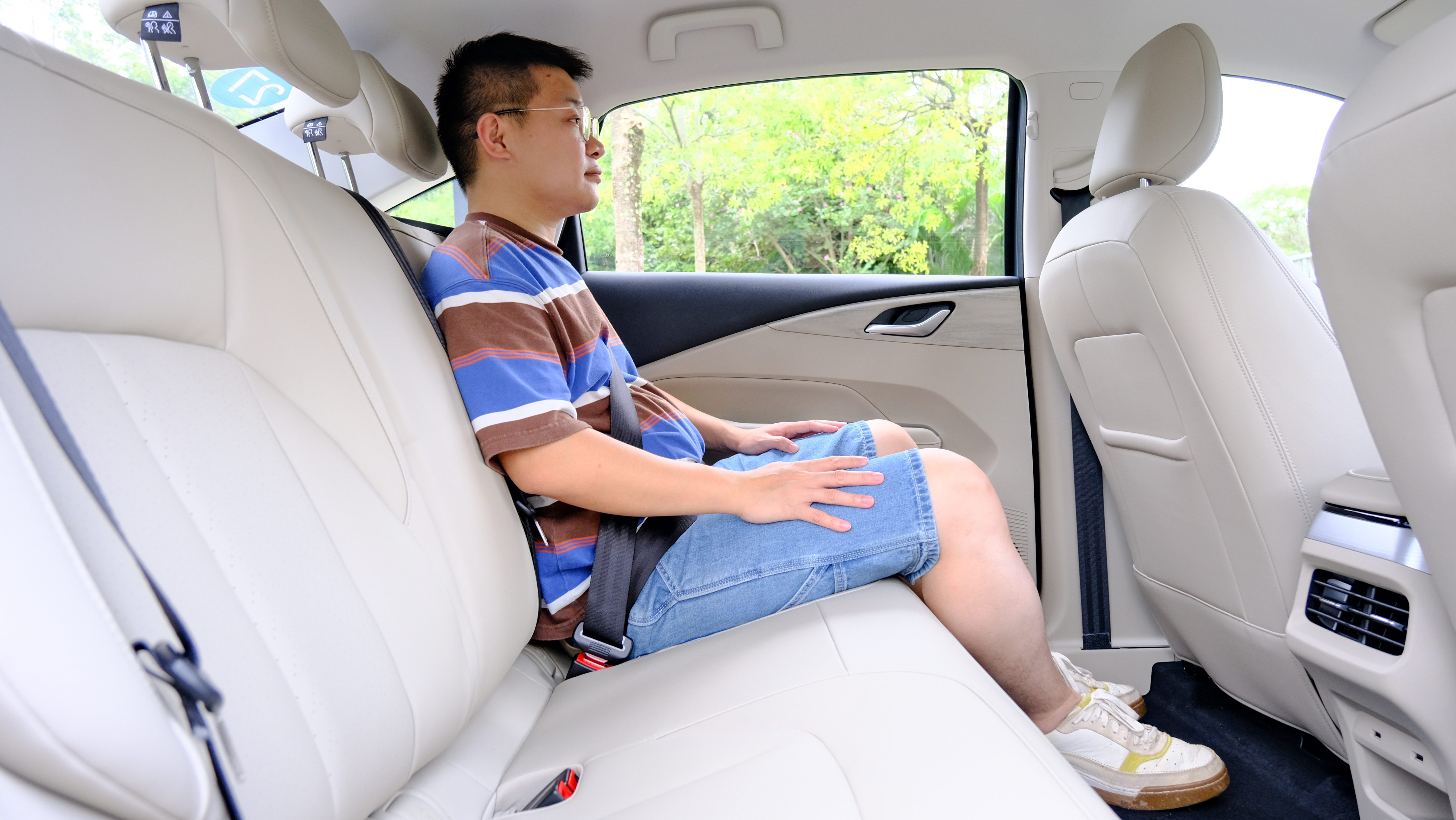
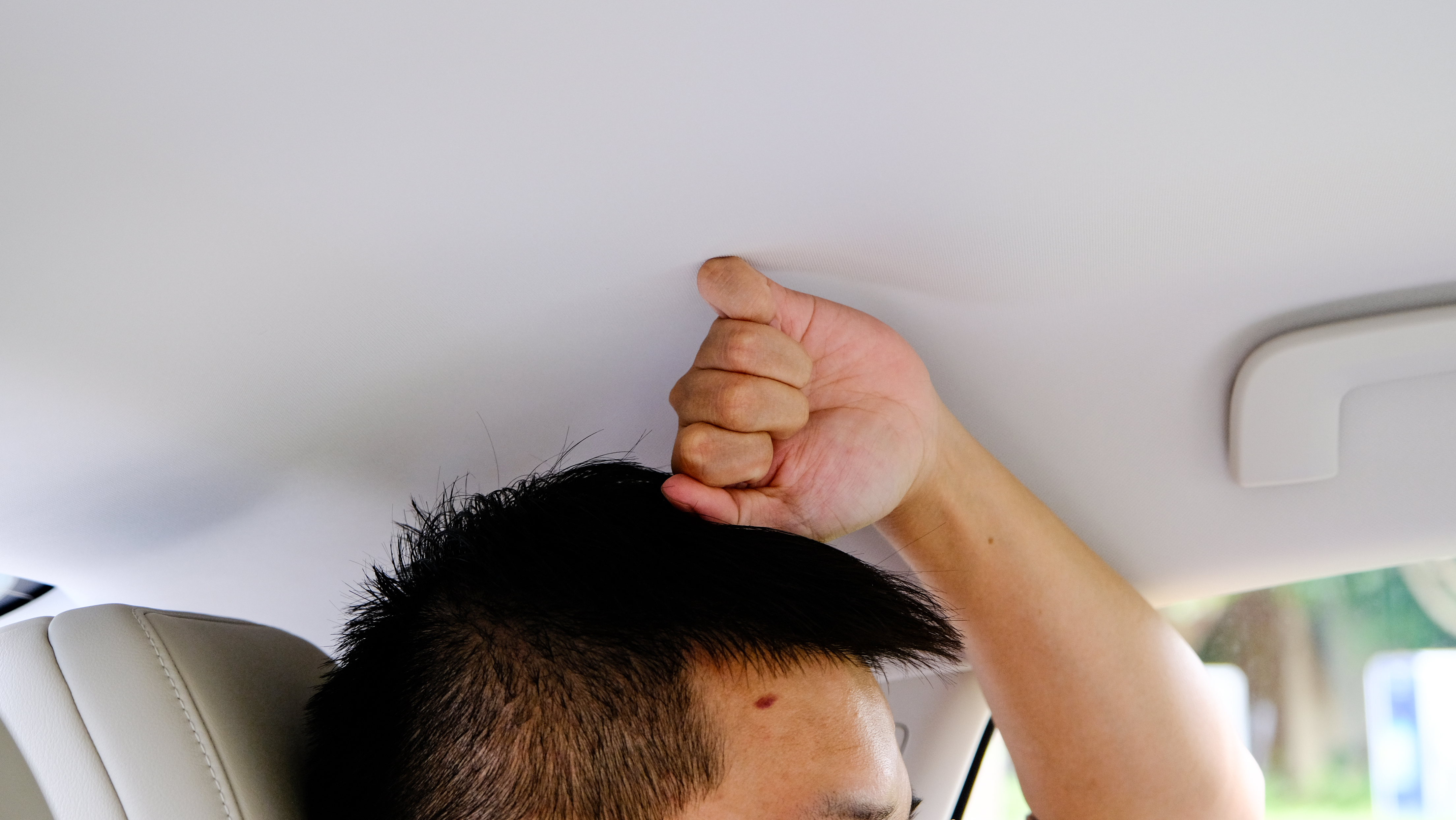
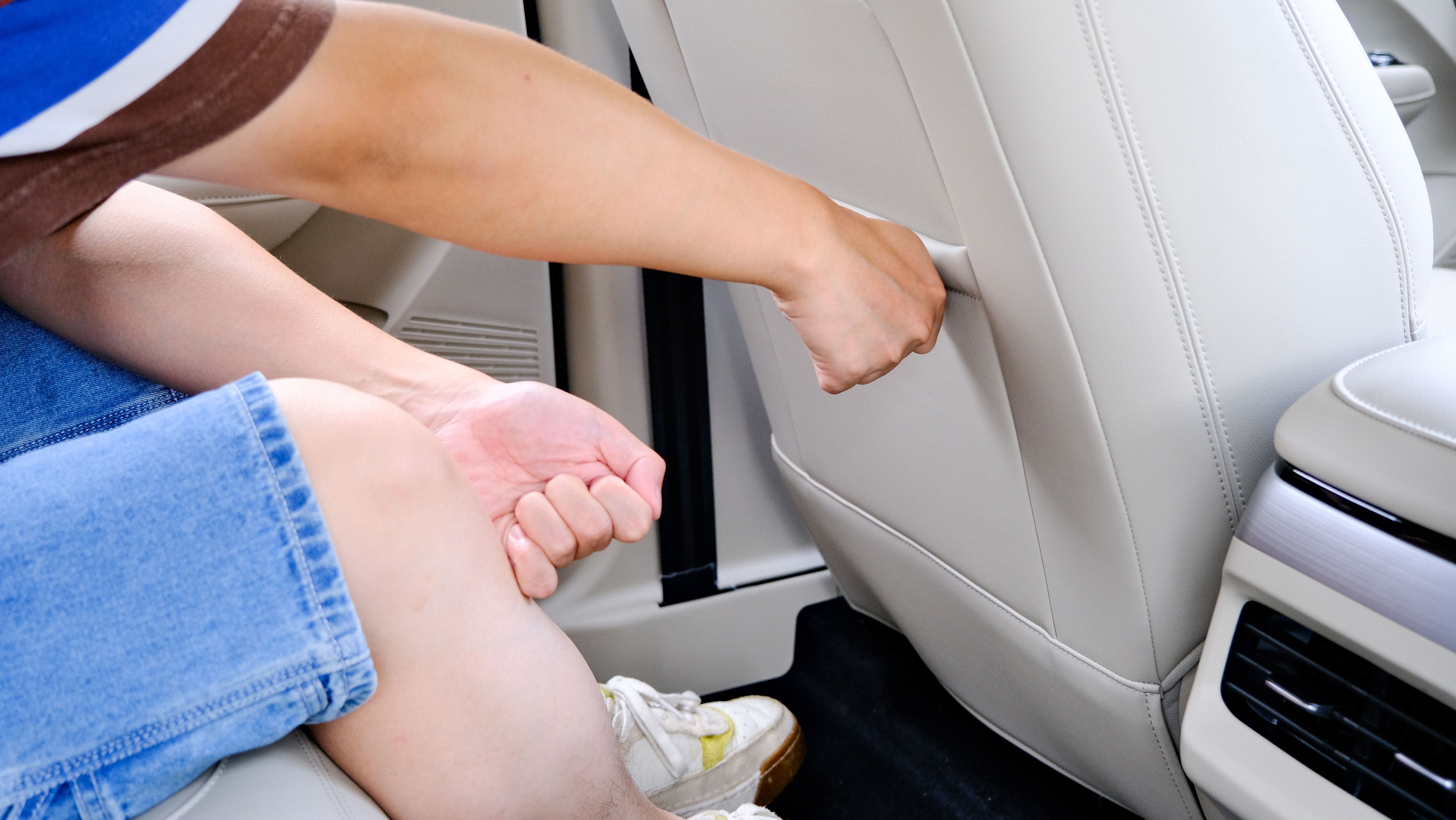
Moving to the back seat with the front row untouched, there’s at least three fists of legroom, which is quite ample. However, due to the care over sleek back styling, headroom is relatively tight, posing a possible head bump for taller individuals.
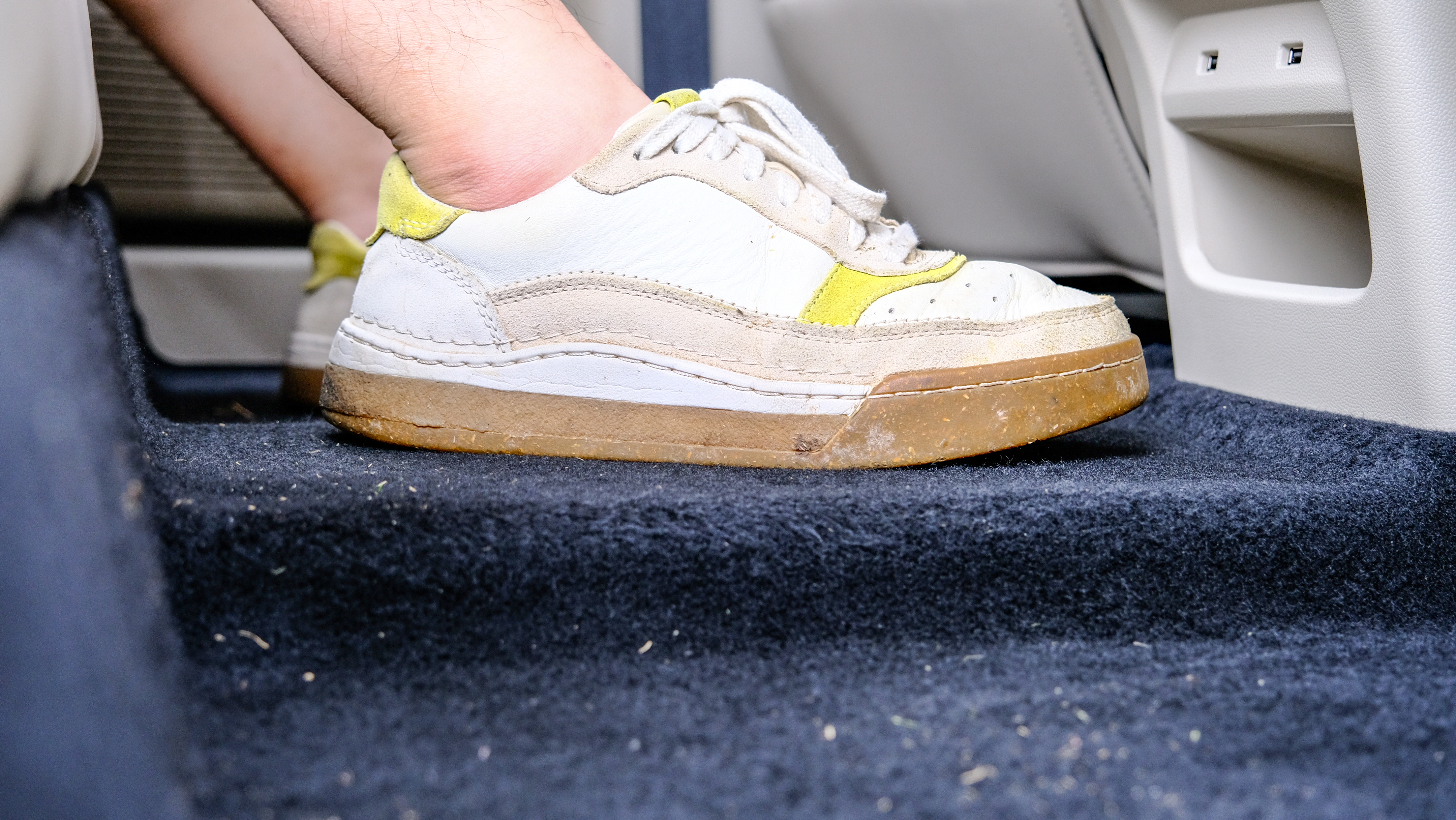
Moreover, as the battery group is placed at the bottom of the starlight, the floor is relatively high. Luckily, the central ground protrusion is minimal, causing no significant impact on the riding experience.
Concluding Thoughts
At the end of the test drive, the factory staff handed me a survey, asking how much would be a suitable price for this car. I said, hopefully, it could be cheaper than BYD Qin, which is quite a bold price expectation. Although no price has been announced yet, considering the competitive degree of the domestic new energy market, as well as Wuling’s previous pricing strategy, whether this car will once again become a price butcher is something we can look forward to.
So here’s the question, if its price really matches Qin’s or even lower, which car would you prefer? Feel free to leave your answer in the comment section.
This article is a translation by AI of a Chinese report from 42HOW. If you have any questions about it, please email bd@42how.com.
